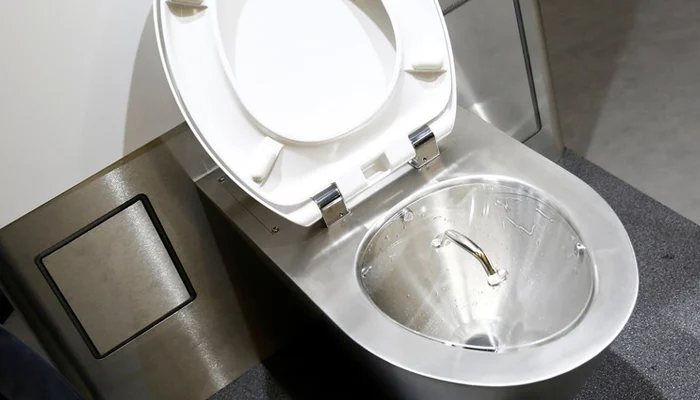The enzyme that gives urine its distinctive yellow color has been identified by a study that was published on Wednesday in Nature Microbiology. According to CBS News, this discovery clarifies a mystery that has baffled scientists for more than a century.
According to Brantley Hall, an assistant professor in the Department of Cell Biology and Molecular Genetics at the University of Maryland, “it’s remarkable that an everyday biological phenomenon went unexplained for so long, and our team is excited to be able to explain it,” the statement read.
After waste and electrolytes are removed from the blood by the kidneys, urine is the result. The yellow pigment in urine, known as urobilin, was discovered by scientists more than a century ago, but they had no idea how it was made.
According to research, the body’s red blood cells (RBCs) and urine’s color are related.
Just like tires with wear and tear, our red blood cells eventually fail. When they do, a vivid orange stain known as bilirubin is left in their wake. This bilirubin travels throughout your digestive tract, either traveling with your waste or remaining for an additional cycle.
Now, though, what do you know? The yellow substance that gives your urine its sunny hue is just one of the many things that little bacteria in your stomach, akin to tiny chefs, may make out of this orange sludge. So keep in mind that those tiny gut chefs are doing their magic every time you notice that yellow in the bowl!
The study’s chief author, Hall, stated that “gut microbes encode the enzyme bilirubin reductase that converts bilirubin into a colourless byproduct called urobilinogen.” “Urobilinogen then spontaneously degrades into a molecule called urobilin, which is responsible for the yellow colour we are all familiar with.”
According to the researchers, prior to this investigation, many enzymes were thought to be responsible for the color of urine.
A well-hydrated person’s urine should have the consistency of a clear whisper (not too watery, though!), or perhaps a light straw or honey hue. However, if you use too little water, it becomes a scream that is a deeper shade of yellow or amber. Consider it as the body’s signal to “Hey, refill the tank!”







